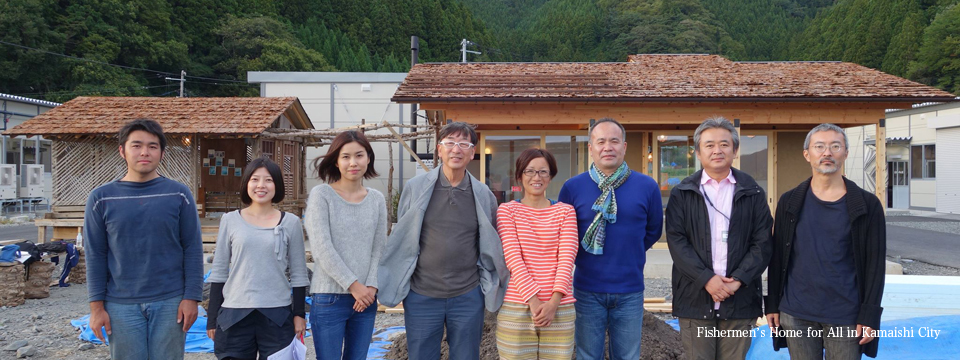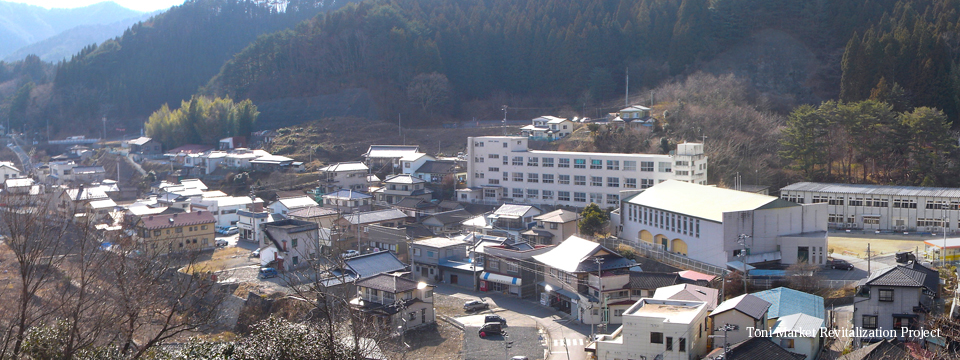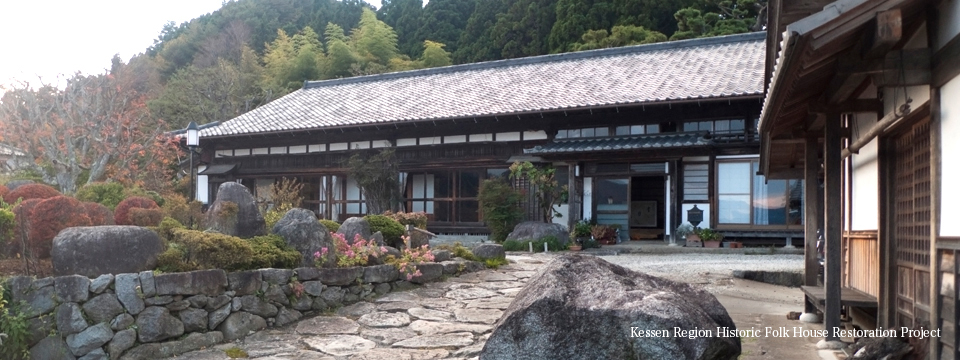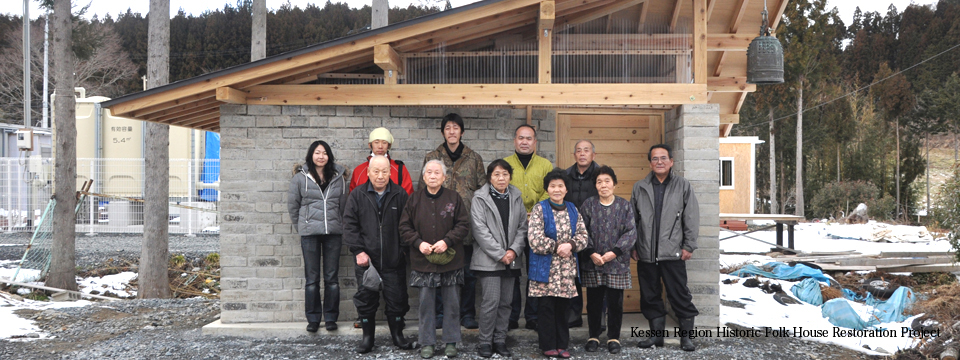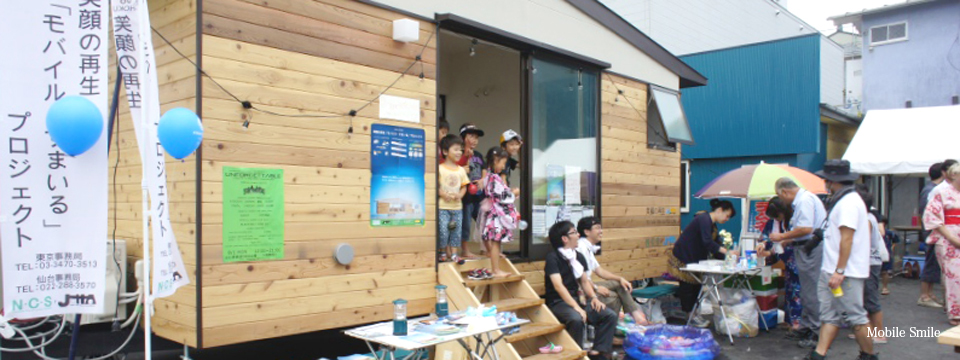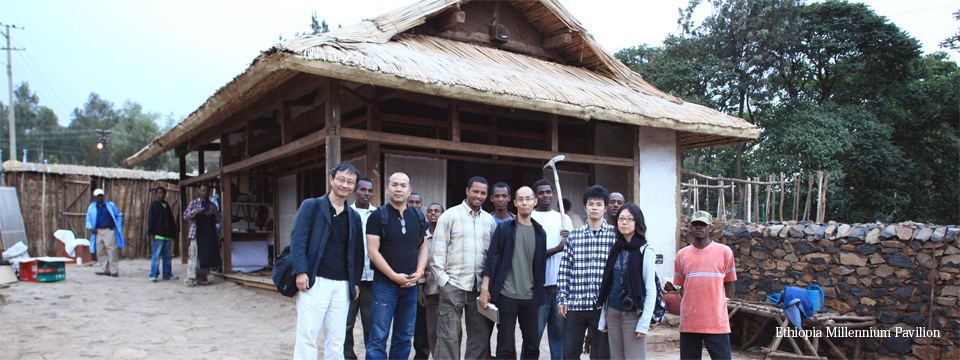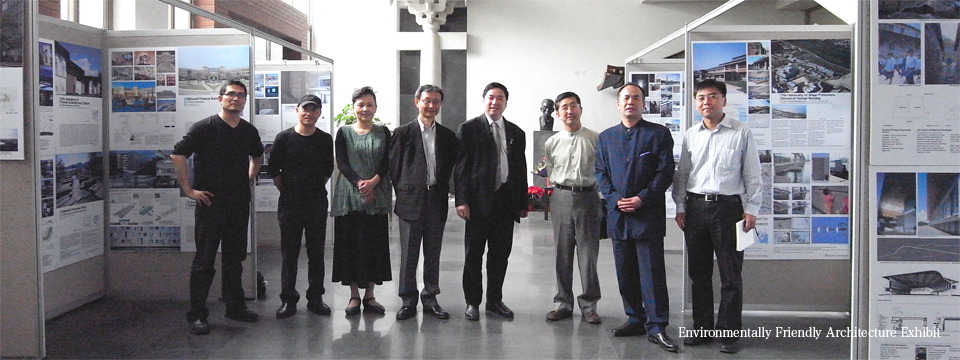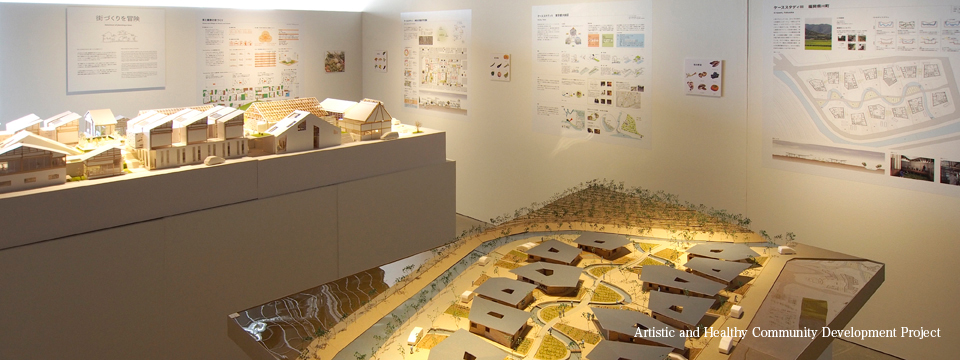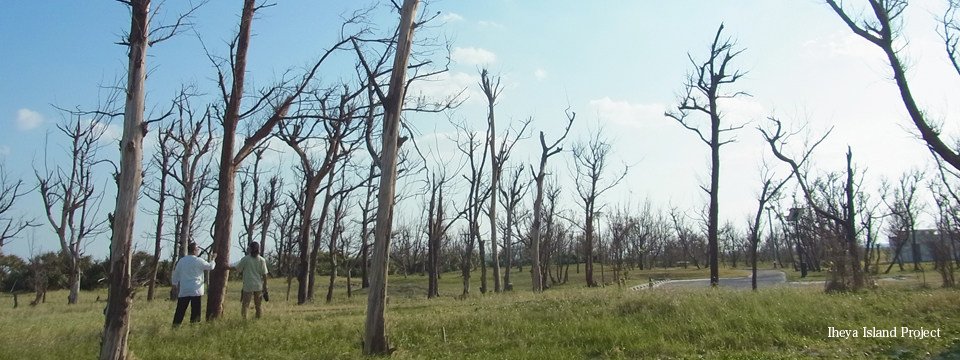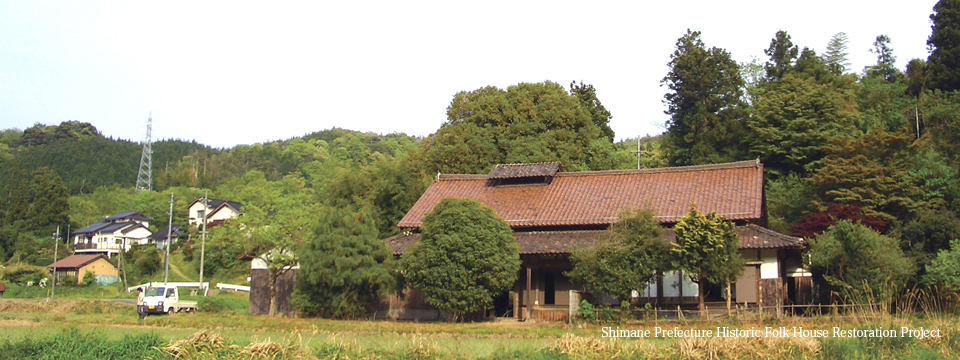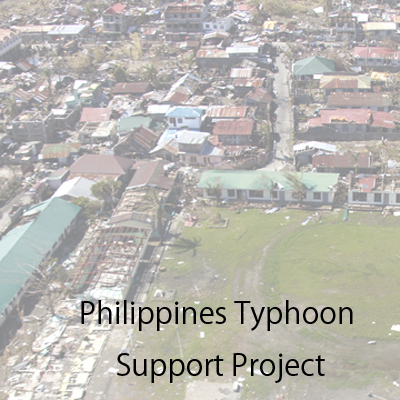Philippines Typhoon Support Project
On November 15th 2013, a M7.1 earthquake hit the Philippines. Not even one month later, the Philippines experienced another natural catastrophe, Typhoon Haiyan. The combined devastation brought by the earthquake and typhoon affected the lives of 100 million people, 35 million of whom lost their homes. It is in this context that NCS, along with Fuji Women's University Vice President Riichi Miyake and students from University of San Carlos, Philippines will work together to support the victims of the double disaster through the repair and construction of schools and/or churches.
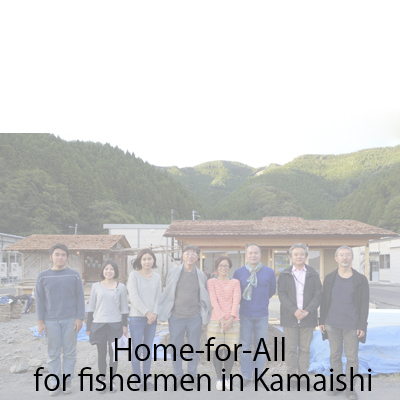
Fishermen’s Home for All in Kamaishi City
The Fisherman’s Union of Shinhama-cho, Kamaishi City, Iwate Prefecture was about to resume meetings after a hiatus caused by the March 2011 tsunami that hit Japan’s Tohoku region. But, their former office was destroyed and they were struggling to a find a large enough community space to meet with fellow fishermen, town residents, and visitors. This is when the vision for the Fishermen’s Home for All was born. NCS looks forward to collaborating with Kamaishi residents and the Fishermen’s Union, creating a symbol of Kamaishi’s economic revitalization.
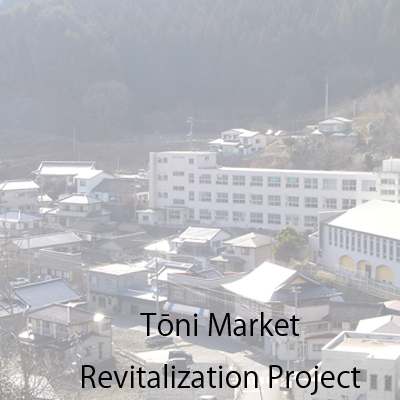
Tōni Market Revitalization Project
Tōni Market in Tōni-cho, Kamaishi City, which sits along the town’s main thoroughfare, was badly damaged by the 2011 Great East Japan Earthquake. Considering its adjacency to an ongoing public housing revitalization project and its significance in cultural events such as the “Kamaishi Cherry Blossom Festival” and the nationally famous traditional “Tiger Dance,” reconstructing Tōni Market is vital to the town’s identity and thus, its restoration. Our goal is to work together with the Town Council, Tōni Market Board, and Tōni-cho residents toward both improving community development and preserving the town’s heritage.
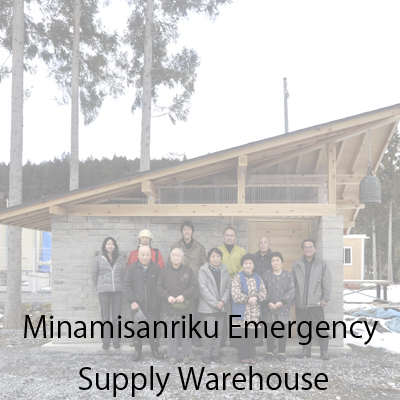
Minamisanriku Emergency Supply Warehouse
The March 2011 Tohoku Disaster not only caused devastation by engulfing buildings and farmland, but the tsunami also brought salty seawater far inland, rendering soil useless for agricultural use in the near future. Considering the region’s tradition of building with local materials, rather than declaring this land completely futile, NCS is using this salt drenched soil to build.
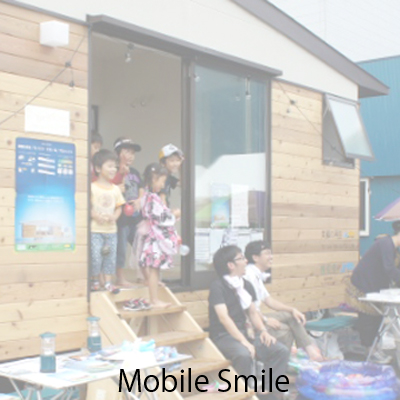
Mobile Smile
The building situation in disaster areas of the March 2011 Tohoku Disaster is duplicitous. While there is an obvious shortage of emergency shelters, building restrictions seem to meet architects and developers at every turn. But this issue can be solved by freeing a building from the binds of a certain locality. The Mobile Smile Project offers this flexibility, much like a trailer-house.
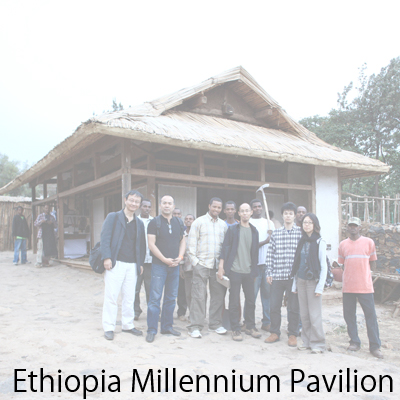
Ethiopia Millennium Pavilion
This pavilion is to commemorate the year 2000 in the Julian calendar, most widely used in Ethiopia. NCS was asked by the Embassy of Japan in Ethiopia to create a work to symbolize the partnership between the two countries.

Environmentally Friendly Architecture Exhibit
As part of the Ethiopia Millennium Pavilion in Gondar, NCS curated this exhibit on environmentally sustainable architectural practices with other Japanese architects and construction companies.
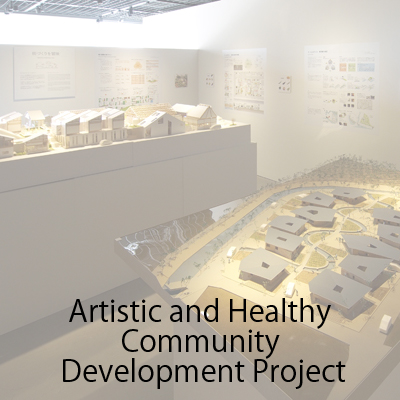
Artistic and Healthy Community Development Project
Using the pleasant and cheerful connotations of the words “Artistic and Healthy” as inspiration, we proposed this project, presented at the Gallery-Ma as a vision for future community development. At the core of this case study was “Agri-planning,” an idea for city planning with agriculture in mind. Our goal is to have this project realized in Hisayama-cho, Fukuoka Prefecture.
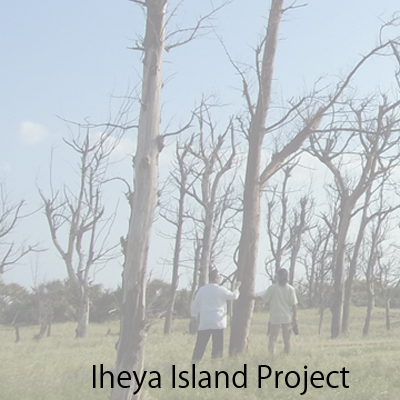
Iheya Island Project
Despite the rise of Okinawa as a tourist destination, Iheya Island, Okinawa Prefecture has remained largely unvisited by tourists, leaving historic folk houses, ephedra forests, and walls made from corals in tact. We see potential for a lodging facility for visitors on Iheya and will continuing to explore further possibilities by researching the island’s history and environment.
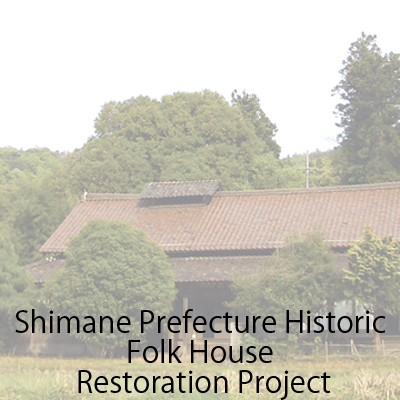
Shimane Prefecture Historic Folk House Restoration Project
Shimane Prefecture largely escaped the destruction of WWII and is thus home to many buildings dating back to the war and pre-war period. However, the survival of Historic Folk Houses in particular is under question as almost two hundred of them are demolished every year. We are currently researching the region’s history and culture in the hopes of preserving and restoring these houses.

